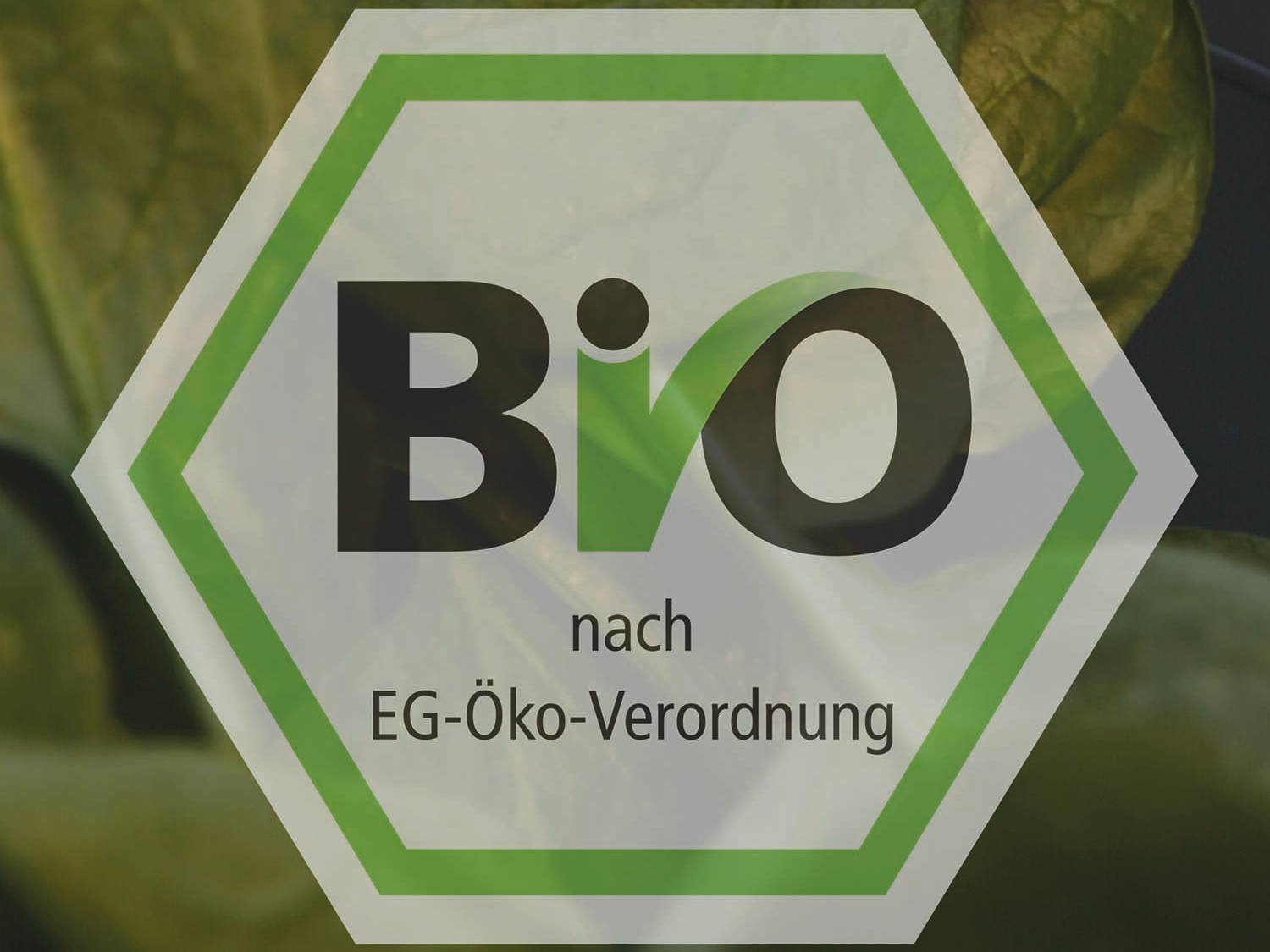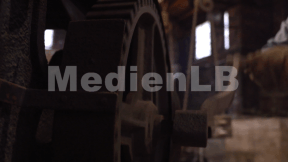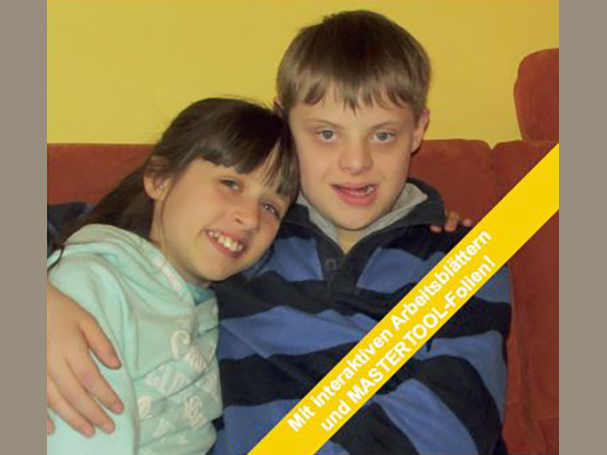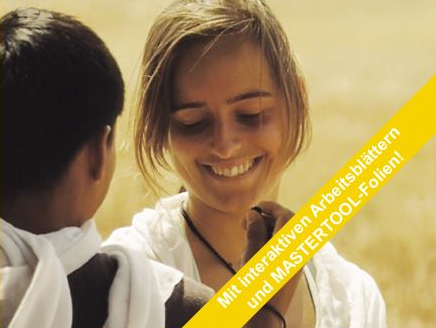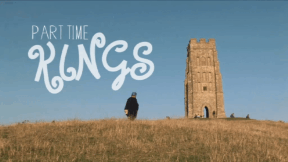 Physics
Physics
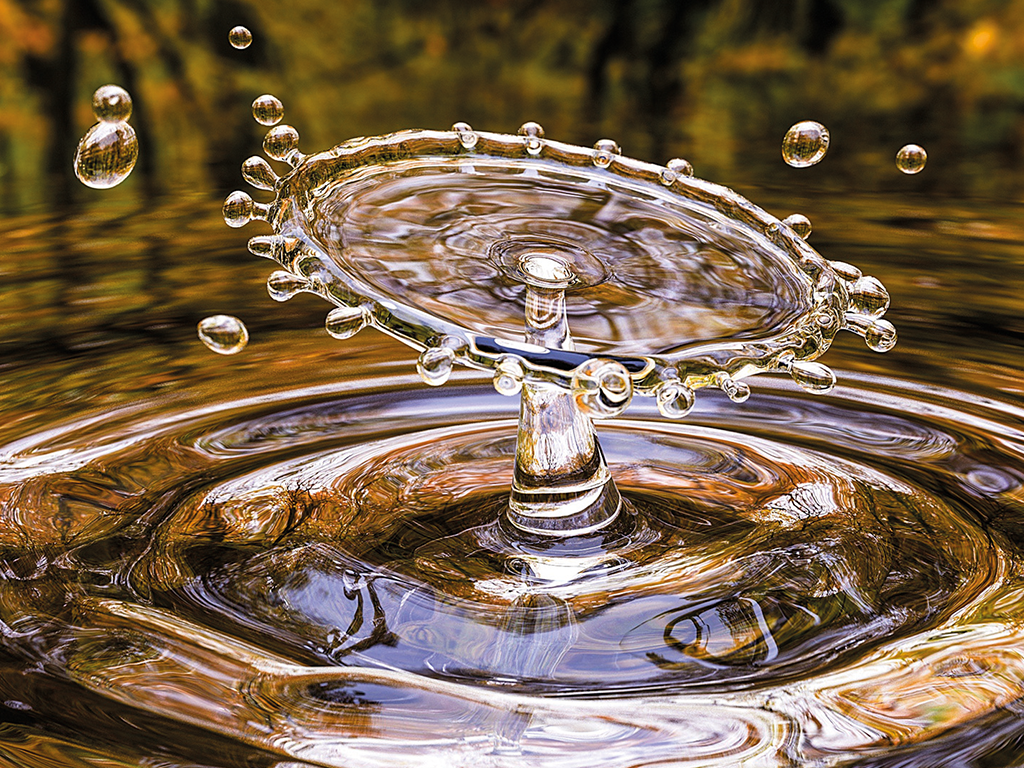
46500920 / 55500676
Fluids and Viscosity
Liquids and their Properties
Be it the honey on our breakfast toast, the water from the tap or the air surrounding us – they all have one thing in common: in a physical sense they are fluids. That means: if you expose these substances to shear forces, their molecules are shifted against each other and the substance deforms continuously. With honey the shearing force of the knife on the one hand, and the resistance of the rough surface of the bread on the other, lead to this deformation – the honey is easy to spread. Fluids react to even slight force application. The deformation rate increases proportionally to the amount of shear stress. Therefore water flows faster from a plastic bottle when it is compressed more strongly. Physically speaking: the stronger the force, the faster the fluid is deformed. A solid, in contrast, offers a greater resistance to shear forces. Tension is built up inside it until eventually, above a certain threshold, deformation occurs – the stick breaks. But a solid can become a fluid if it changes its state of aggregation and melts. So the ice cube is no fluid, its melt water, however, is. It is easily deformed. It is almost the same with solid and molten steel. Thus temperature plays an important role in the behaviour of fluids.
Play trailer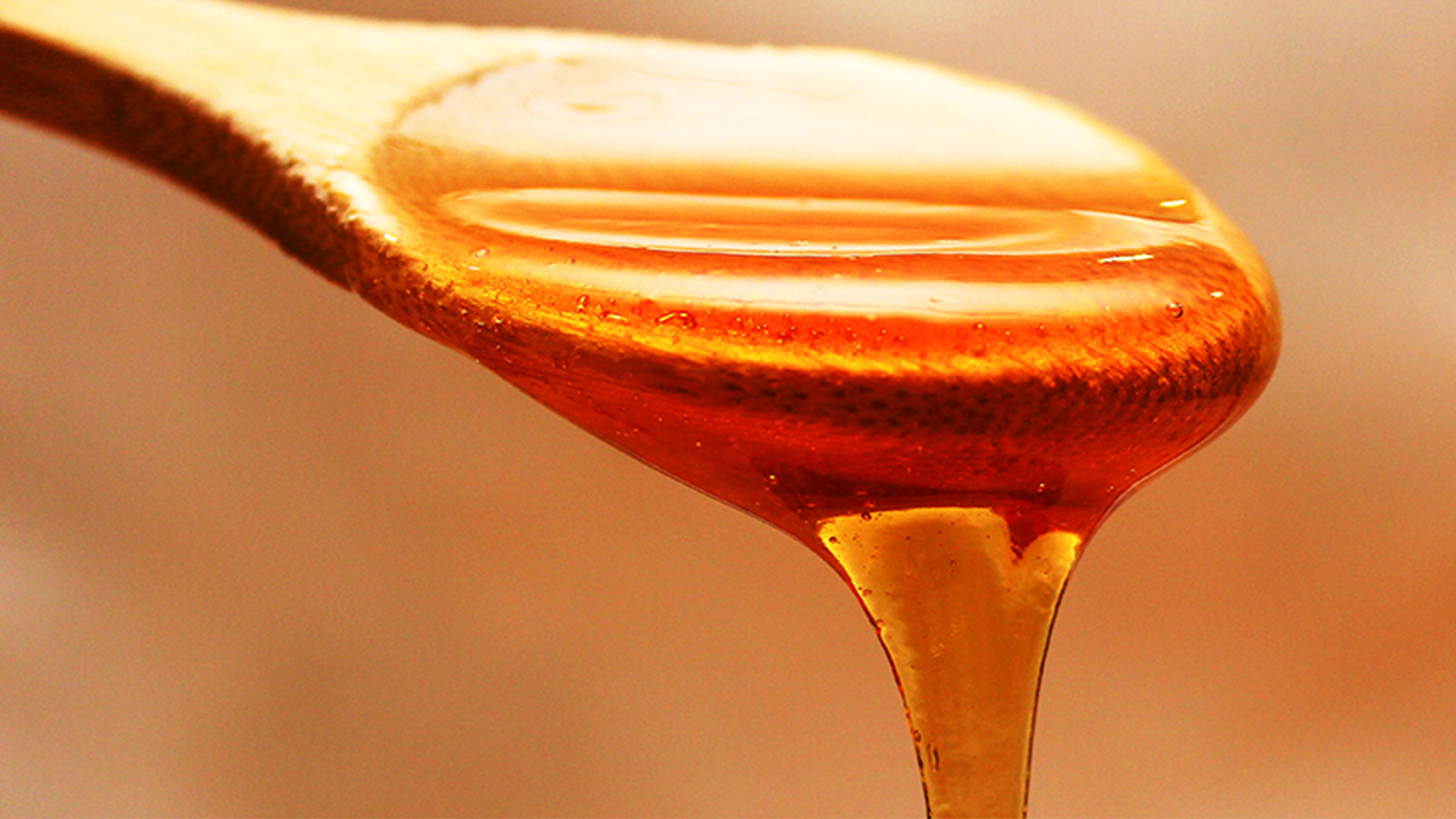
Curriculum-centred and oriented towards educational standards
Matching
Seal of approval
Quality seals such as the "Bio-Siegel", "Blauer Engel", "Stiftung Warentest" and up to 1,000 other seals represent characteristics such as sustainability, health or safety with regard to a product, a service or even a company.




